Autonomous Vehicles Are Bankrupting Courts Over The Next Decade
And There’s No Plan In Place to Prevent It
Nevada and the rest of the country is facing a problem in the next decade. With the ubiquity of self-driving vehicles and the Country’s reliance on funding Government Institutions such as Courts and Police Depts. with an overabundance of traffic tickets and Court fines stemming from DUIs and moving violations there is a crossroads coming fast in the 2030’s that could lead to the bankruptcy of fundamental organizations, a portion of whom factor nearly 50% these fee’s into their budget
Today, an average of these current charges account for 21.1% of state/local own source general revenues—eclipsing the income taxes (18.6%), nearly on par with the property tax (21.2%) and closing in on the sales and gross receipts category (23.6%). However some town’s reliance upon Court Fines and Police Ticket Fees can reach up to 80%. [1]
When The NV Highway Patrol shifted its focus from trivial ticketing to more dangerous moving violations, the number of tickets issues declined by over 10% in the next two years, leaving a $700,000 budget shortfall in 2015 and projected losses of $1.4 million in 2016 Nevada isn’t alone.
While the United States has only 5 percent of the world’s population, it accounts for approximately 25 percent of the world’s incarcerated population. This paradigm of a gross overuse of the justice system for funding via enforcement has distinct undertones of financial motives instead of public safety. Most notable is the funding of the very systems perpetuating this overuse of law enforcement. Jim Hardesty, The Chief Justice of the Nevada Supreme Court, has publicly noted so, stating:
“The court encourages the commission of crime so that we have adequate money to operate.”
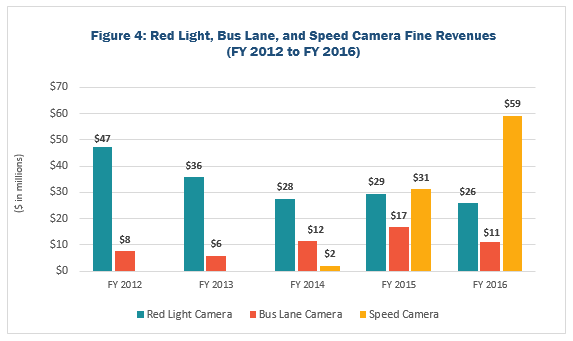
In New York, the city grew its revenues from fines by 35 percent, raking in $993 million in fiscal 2016 alone. These monies came largely from parking and red light camera violations While New York brought in $993M in fines for 2016, $96M comes from driving related offenses and speed, red light & bus lane camera fines. With the integration of autonomous vehicles that would prevent any of these offenses from occurring in the first place, there would be an elimination of a 10% loss from their budget. A $96M hole in the budget is a lot harder to fill. [2]
Joshua House, a lawyer with the Institute for Justice says “When the city has complete control over its court for all these misdemeanors, it can manipulate that municipal court system in a way that maximizes revenue,”
“Here, you’re ticketed by a city-hired police officer, arraigned and prosecuted by city-hired prosecutors, and convicted by a city-hired judge. All three of those people ultimately serve the city council as an ultimate authority. So there’s not even the semblance of separation of powers.”
The Institute for Justice (IFJ) analyzed a year’s worth of traffic tickets, starting in August 2016, and found an outsized amount, 10 percent, were issued for technical violations, like drivers not having an insurance card or registration material in the vehicle. Since these violations couldn’t be “spotted” by a cop on patrol, IFJ lawyers felt the relatively high number of these kinds of tickets suggested the police were looking for any opportunities to write additional tickets.

Across the country, cash-strapped towns and cities have turned to fines and fees for minor traffic violations to balance their budgets without raising taxes. Many simply become municipal speed traps: A handful of small Colorado towns made more than 30 percent of their revenues from traffic tickets in 2015. Mountain View, Colorado, home no more than 500 people, made $621,099 in citation revenue in 2013, roughly half of its annual budget.
Nevada currently has 67 Specialty Court programs funded by the AOC: These 67 programs include 37 adult drug courts including diversion and child support, 4 family drug courts, 6 mental health courts, 4 juvenile drug courts, 6 DUI courts, 1 prostitution prevention court, 5 veterans treatment courts, 2 medicated assistance courts, and 2 habitual offender courts. There are Specialty Court Programs in every county in both urban and rural areas that require defendants to attend DUI Classes as part of their rehabilitation, that feed into additional fees[3]
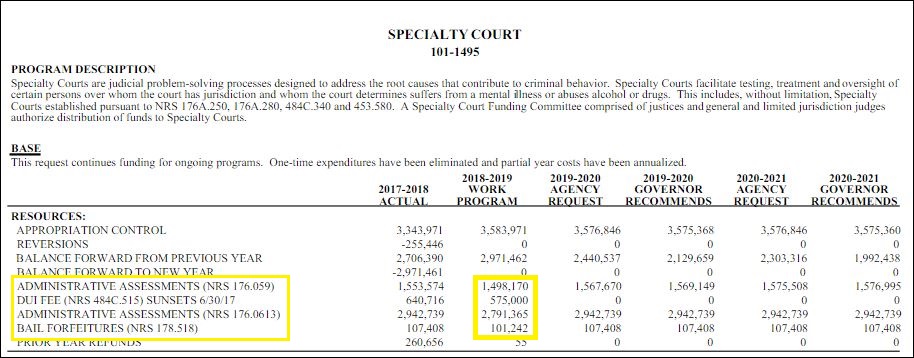
In Nevada Court Budget for the 2018-2019 Fiscal Year Administrative Assessments for DUIs & Bail Forfeiture Accounted for over $4M with an additional $675,000 from DUI Fees & Bail Forfeitures. As the Laws in the Nevada Revised Statutes state below additional fines may be added to the defendant’s case in DUI Court.
NRS 176.059 Administrative assessment for misdemeanor: Collection; distribution; limitations on use.
1. Except as otherwise provided in subsection 2, when a defendant pleads guilty or guilty but mentally ill or is found guilty or guilty but mentally ill of a misdemeanor, including the violation of any municipal ordinance, the justice or judge shall include in the sentence the sum prescribed by the following schedule as an administrative assessment and render a judgment against the defendant for the assessment [4]
NRS 176.0613 Additional administrative assessment for misdemeanor: Authorization; collection; distribution; limitations on use. [Effective through June 30, 2019.] 1. The justices or judges of the justice or municipal courts shall impose, in addition to an administrative assessment imposed an administrative assessment for the provision of specialty court programs. [5]
In addition to DUI Fines and Bail Forfeiture in DUI Court for Las Vegas Justice and Municipal Court, The Courthouse partners with third-party companies to ‘recommend’ third-party businesses that offer Court Required Education such as DUI School and Traffic Classes in exchange for revenue sharing to the tune of $17.3M [6]
A handful of states limit the amount cities can collect from traffic tickets — including New York and Arkansas. Missouri, for example, caps the amount at 35 percent of a town’s budget. Macks Creek, Mo., where 85 percent of its budget was funded by traffic tickets, fell into bankruptcy after the law went into effect in 1995. [7]
With the increased predominance of autonomous vehicles and driver assistant technology becoming ubiquitous in the newest generation of cars, police will no longer have the ability to pull drivers over allowing the collection of fines at the end of the ticketing process as often. States and municipalities across the country are struggling to match revenues with expenditures. Sometimes these governments use traffic fines and fees to help balance the budget more so at the city level than at the state level. The next decade is forecasted to have a multitude of police depts, Courthouses and even entire cities may be forced to declare bankruptcy as self driving cars become ever more common, unless alternative means are found to replace those funds.
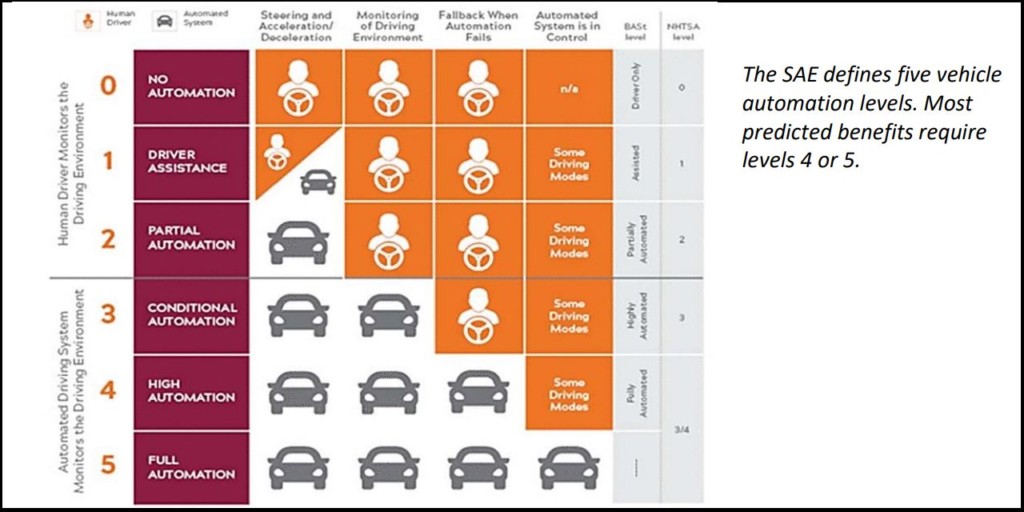
Autonomous Vehicles are cars with self-driving capabilities without any input from the driver. There-s a quantification of levels 1-5 in how self-sufficient these technologies are in handling everyday driving requirements from steering and accelerations to avoiding situations that can lead to collisions as notated in the graph above. With the steadily increasing flow of autonomous vehicles into American ownership, there will be a perpendicular fall in the amount of traffic citations and DUI arrests made by police officers as there are no traffic violations facilitated by these types of cars, nor any indication of drunk driving while the car is in control of its trajectory.

In addition to the fall of DUI arrests, drunk driving in general is expected to fall as autonomous ridesharing services become more common and affordable to the average person, where instead of risking jail time, a $10,000 fine, attending a DUI School and losing their license, anyone can pay pennies on the dollars to arrive home safely.
This bleeds into our next projection where riding sharing services are projected to become so ubiquitous in the coming decade, car ownership is expected to drop by 20% by 2030 among newer generations that will find the cost of these services are far more affordable than the conventional method of owning a car, DMV registration and insurance.
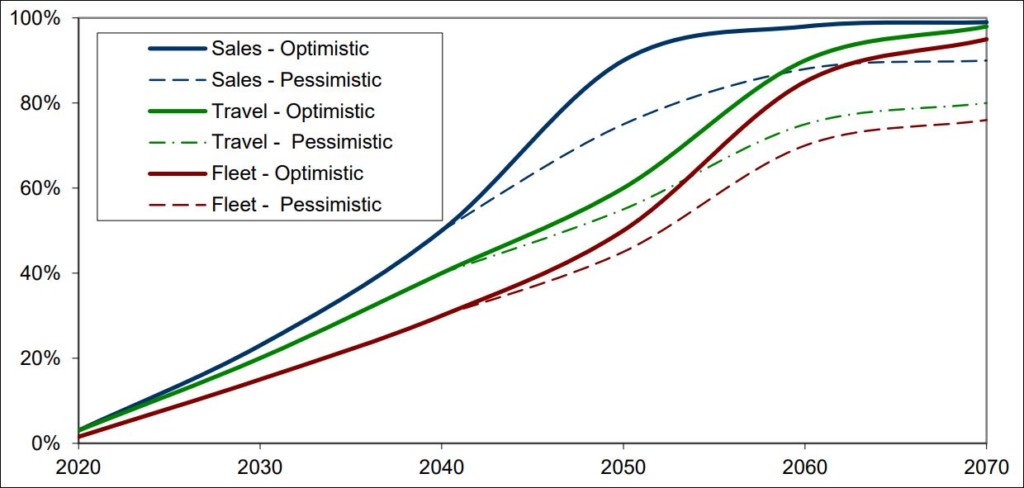
With most vehicle travel to be autonomous by 2035, almost all vehicles produced after 2025 would need to be autonomous, and new vehicle purchase rates will triple so ride sharing car fleets can occur in one according to newest projections among researchers. As BMW plans to release a Level 3 self-driving car in 20201 with major manufacturers projected to follow route by 2025, with Level 2-3 autonomous driving features available in the majority of cars sold by 2030. Combined by 2030 30-50% of cars on the road could be fully autonomous.

With a 10% drop in tickets showing a far reaching impact of $2 Million in Nevada’s state budget, in 2030 with an average of 40% having complete elimination from the system of government fundraising via traffic tickets, Court fines, DUI Classes fees and Court Administrative Assessments nearly $10 Million a year initially could be lost to Police and Court budgets, with no legislative plans in proposal to replace lost revenue, creating a very likely bankruptcy scenario for these governmental agencies.
With whole cities already having declared bankruptcy due to only capping ticket revenue, self-driving vehicles put many portions of our government at risk to grind to a halt with a deficit in their budget of the size that has likely never been seen before.




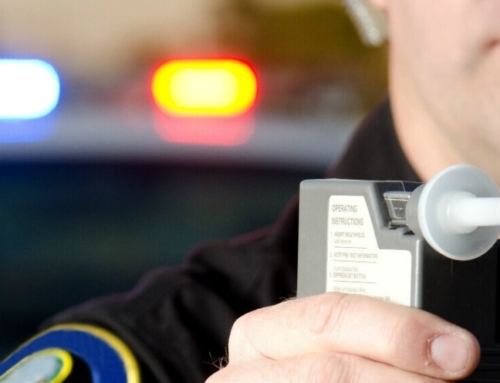

Leave A Comment